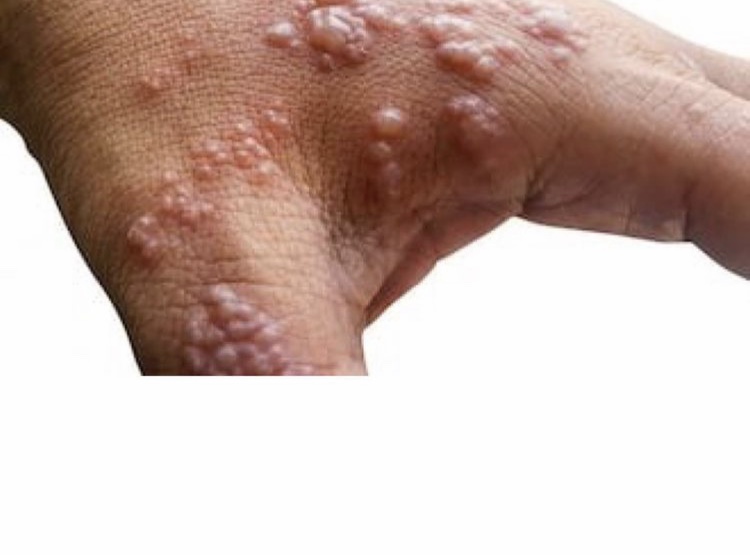On May 13, 2022, the United Kingdom notifies World Health Organization(WHO) of two laboratory confirmed cases and one probable case of monkeypox to WHO. All three cases belong to the same family.
Recent reports confirmed the rising spread of monkeypox cases in Europe, United State of America and United Kingdom.
Monkeypox is a rare viral disease that is caused by infection with monkeypox virus.
It is transmitted to humans through close contact with an infected person or animal, or with material contaminated with the virus.
Nevertheless, Monkeypox virus is transmitted from one person to another by close contact with lesions, body fluids, respiratory droplets and contaminated materials such as bedding.
Clinical Symptoms of monkeypox involves fever, rash and swollen lymph nodes and may lead to a range of medical complications.
Monkeypox is usually a self-limited disease with the symptoms lasting from 2 to 4 weeks.
Severe cases can occur.
In recent times, the case fatality ratio has been around 3-6%.
Monkeypox is less contagious than smallpox and causes less severe illness.
Background
Human monkeypox was first identified in humans in 1970 in the Democratic Republic of the Congo in a 9-year-old boy in a region where smallpox had been eliminated in 1968.
Since then, most cases have been reported from rural, rainforest regions of the Congo Basin, particularly in the Democratic Republic of the Congo and human cases have increasingly been reported from across Central and West Africa.
Since 1970, human cases of monkeypox have been reported in 11 African countries – Benin, Cameroon, the Central African Republic, the Democratic Republic of the Congo, Gabon, Cote d’Ivoire, Liberia, Nigeria, the Republic of the Congo, Sierra Leone, and South Sudan. The true burden of monkeypox is not known.
Source: World Health Organization
